Description
Genus: Lanmaoa
Species: fallax (nom. prov.)
Common Name:
Tells: Stout red-and-yellow. White mycelium. Cap color varies from rose pink, to brick red, or even deep mahogany, fading toward brown w/age. Yellow pores and stem skin often bruise blue.
Other Information: Little to no bouillon smell, but may hint of a sweet flavor. The pores age darker as the olive spores stain the tubes. Stem flesh is lemon yellow at the bottom, getting paler as you go up, and becoming almost white in the cap. Bluing on the pores can range from profound and dark, to moderate, to not there at all (maddening!). Flesh blues erratically (or not). The mycelium is white rather than pale yellow. More of a normal bolete texture than the “supermarket cheese” denseness of rubissima f/k/a pallidorosea. Note that the geographic filters show only confirmed finds, but the species seems to have an extremely wide range that probably includes most of North America from the eastern Rocky Mountains east to the Atlantic. “Fallax” comes from the Latin word for “deceptive,” referring to the variability of how this species presents itself in the wild.
SUMMING UP: This maddeningly inconsistent species is that one in the middle that fits right between your concept of either L. pallidorosea or L. pseudosensibilis, is the most morphologically variable of the three, and apparently the most widely spread. The gestalt really is different if you’ve met a lot of Lanmaoas, and the DNA evidence is irrefutable, but users should expect their field IDs to be frustrating at best.
Science Notes: Professor Colin Domnauer has confirmed the existence of this species by both whole genome testing in addition to the distinctive ITS gene identified by Igor Safonov and Linas Kudzma on Mushroom Observer. For DNA tested examples see MO 522445, MO 523668, MO 247518, MO 327563, MO 320102, MO 333824, and MO 247518.
Edibility: Edible.
CHEMICAL TESTS:
- NH4OH (Ammonia): No data.
- KOH: No data.
- FeSO4 (Iron Salts): No data.
Links:
 |
0 |  |
0 |  |
0 |  |
0 |



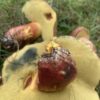
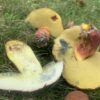
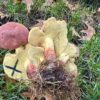
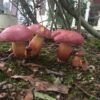
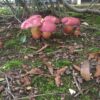

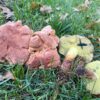
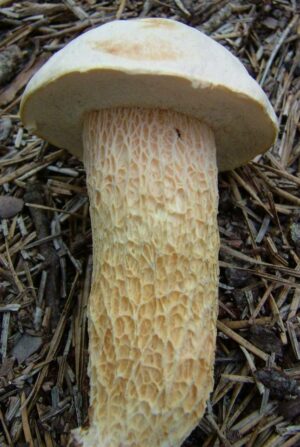
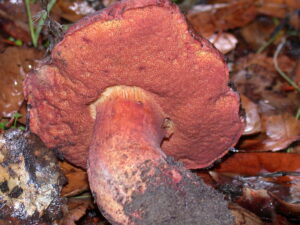
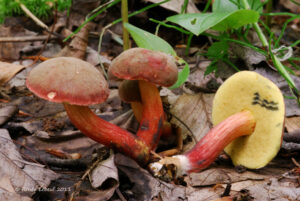
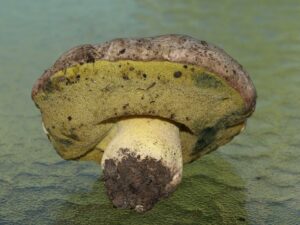
Got something to discuss?